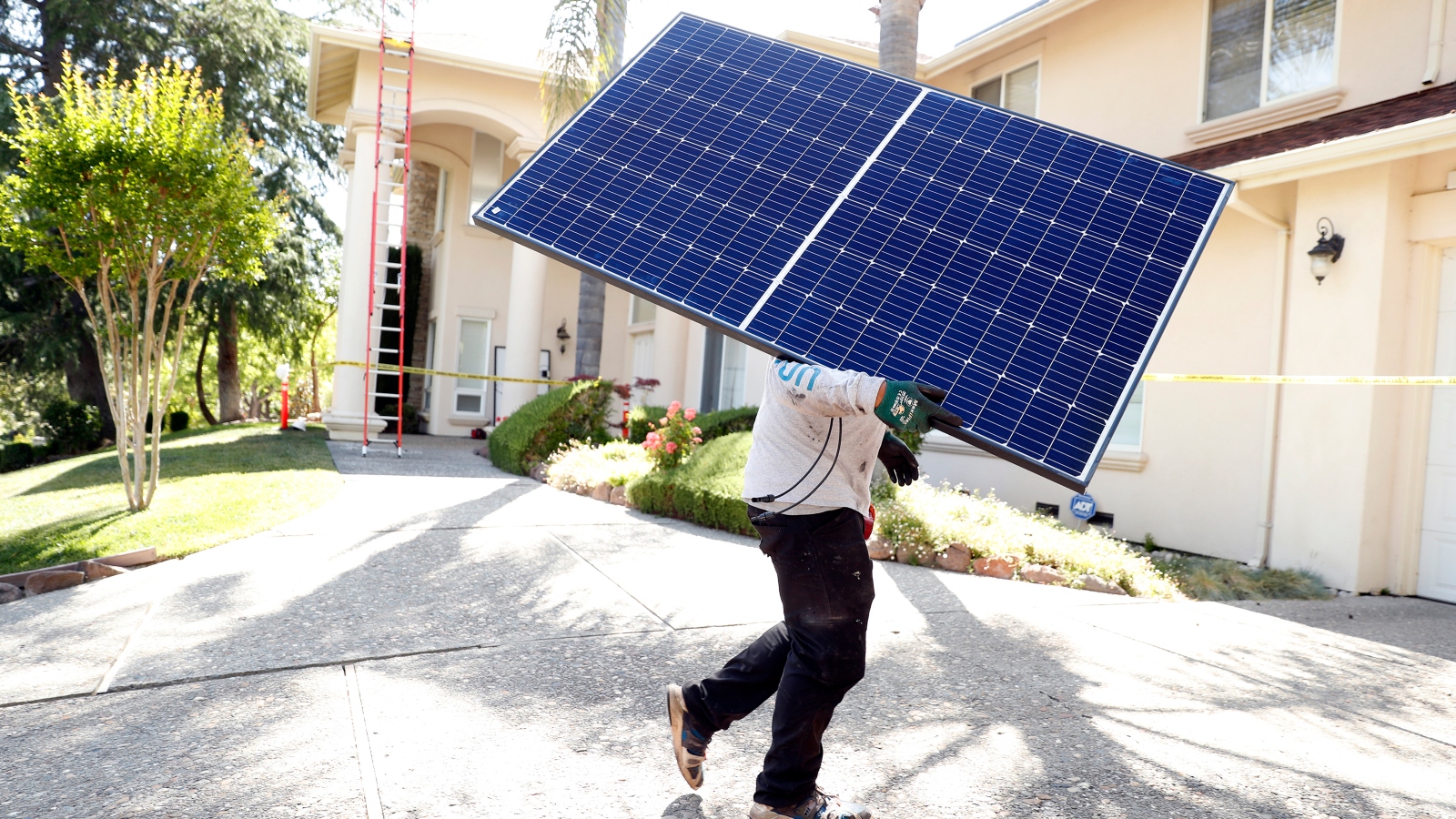
At the turn of the 20th century, as the United States developed the West, the federal government built hundreds of hydroelectric dams on major rivers in the region. These dams destroyed river ecosystems and flooded Indigenous land, but they also provided a cheap and abundant source of renewable energy for tens of millions of people. Hydropower today meets around a quarter of the region’s energy needs.
But the hydroelectric fleet in the West has taken a beating over the past 20 years as a series of devastating droughts have battered the area. When major rivers dry up, less water flows through hydroelectric dam turbines — and dams produce less electricity as a result. At the same time, the heat waves that often accompany dry periods lead to more demand for power as people crank up their air-conditioning. That’s bad news for grid operators, who have to find an alternate source of electricity just as dams are falling short.
This decline in hydropower leads to a significant surge in fossil fuel emissions, according to a new study published last week in the Proceedings of the National Academy of Sciences, a leading scientific journal. After looking at power generation across the West between 2001 and 2021, the authors of the study found that coal and gas plants ramped up their activity during dry months to replace lost hydropower, leading to more carbon emissions and more local air pollution. While that finding was expected, the scale of the increase in fossil fuel emissions surprised the researchers.
“The effect on the power mix is actually pretty large,” said Minghao Qiu, a postdoctoral scholar at Stanford University who is the lead author of the study.
All in all, the decline in hydropower caused an extra 121 million metric tons of carbon emissions between 2001 and 2021 — about the same as if an additional 1.3 million cars had been on the road during the same period. The size of the change varied from grid to grid and from power plant to power plant, but it was considerable everywhere. Fossil fuel emissions rose by 11 percent in the Northwest during the driest months, and by a whopping 30 percent in California. At some plants, generation jumped as much as 65 percent above normal levels during dry spells.
During the driest years, this increase had staggering consequences for the climate: In 2001, for instance, a decline in hydropower caused fossil-powered plants in the West to emit 27 million tons more carbon dioxide than they otherwise would have, or about 10 percent of their total emissions from that year.
Because coal and natural gas tend to be more expensive to produce than hydropower, droughts likely led to higher energy costs for customers in the West. But the study also argues that declines in hydropower generation have come with big costs for the environment and public health — to the tune of more than $20 billion so far this century. Not only did the drought-driven rise in carbon emissions cause future warming that will lead to more climate disasters, but air pollution around fossil fuel plants also made nearby residents sicker, which will lead to greater public health costs later on.
In 2001, for instance, California’s natural gas plants ramped up to offset a drought-driven decline in hydropower across the region, leading to a more than 40 percent surge in emissions of toxic chemicals such as sulfur dioxide and nitric oxide.
These negative health effects didn’t always occur in the same places where a drought happened. When the hydropower fleet in a state like Washington faltered, grid operators imported electricity from other states, ferrying electrons over long transmission wires that crisscross the region. This replacement energy came from coal plants in Montana and gas plants in California, and people near those distant facilities bore the health costs as those plants burned more fossil fuels. The study found that more than half of the increase in fossil fuel generation from 2001 to 2021 happened in states that weren’t themselves experiencing drought.
“A climate shock in one place can really cause damages in faraway places, because the energy grid is so connected,” Qiu told Grist.
In an interesting twist, the study found that even a rapid renewable buildout might not fix the problem of more pollution during drought times. Western states are racing to build more solar and wind, and the Biden administration is pushing to build more of these facilities on the region’s abundant public land. But Qiu’s study found that fossil fuel plants will still provide backup power when other sources like hydropower fall short, since they can ramp up on short notice, unlike renewable sources that are dependent on the amount of sun and wind available. In order to tamp down fossil fuel emissions during dry spells, according to Qiu, states and the federal government need to work on developing better storage options, such as enhanced batteries, to preserve extra energy produced by renewables.
“We’re looking at the generators that increase their generation while there is a demand increase due to a heat wave or a supply decrease due to drought,” he told Grist. “If there is a future drought, it’s still going to be fossil fuel power plants that increase their generation to meet that gap of electricity.”
Update: This story has been updated to include a cumulative figure for carbon emissions attributable to hydropower loss.
This story was originally published by Grist with the headline How the Western drought has increased carbon emissions on Jul 10, 2023.












